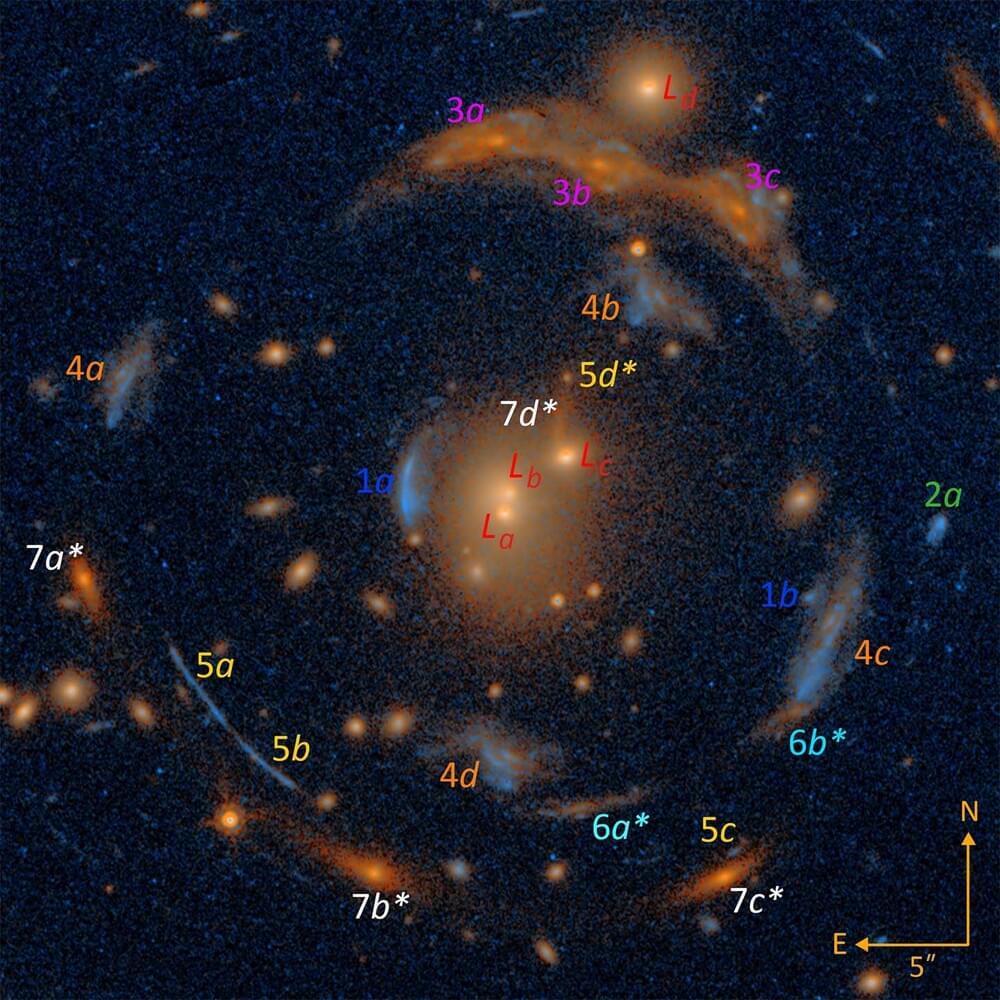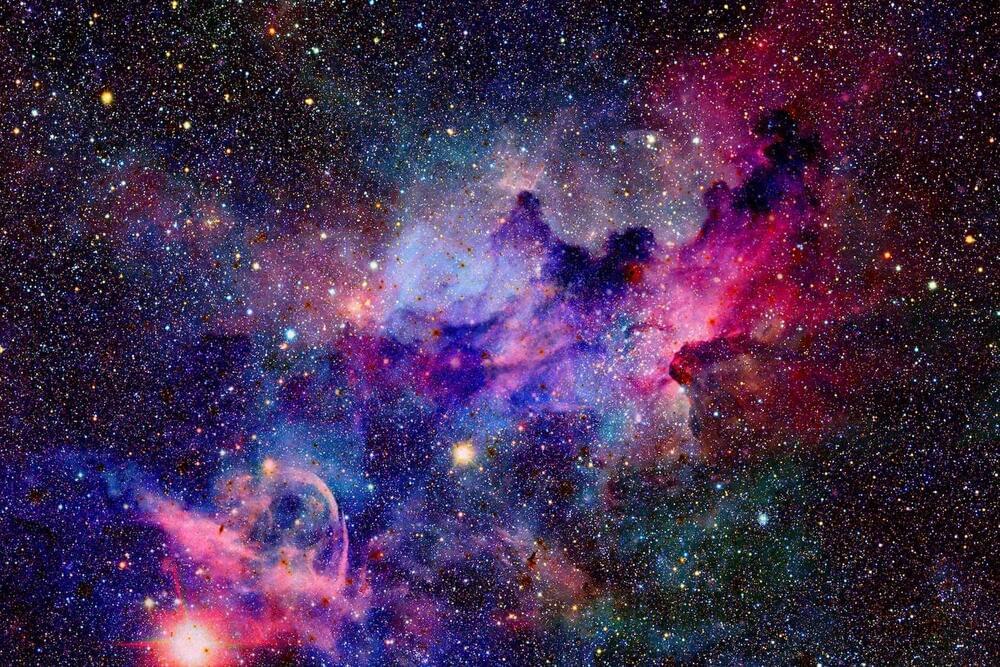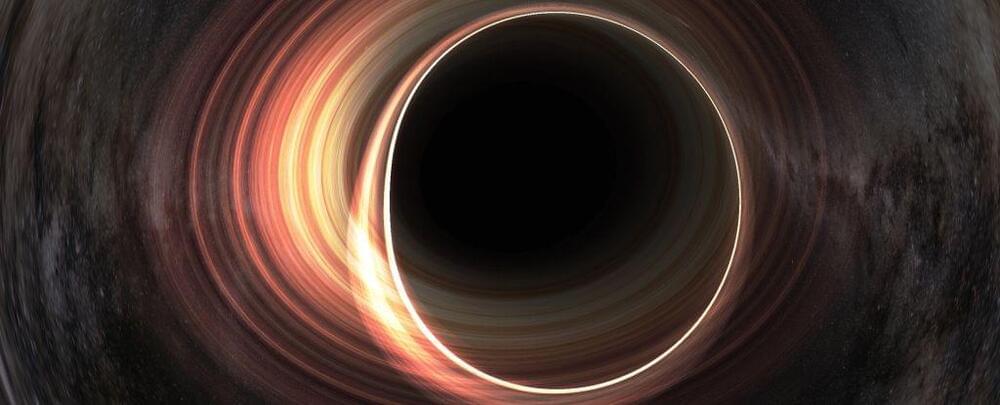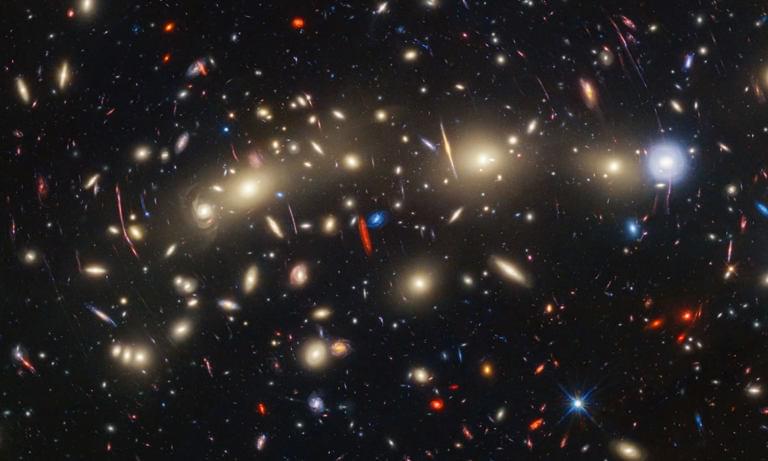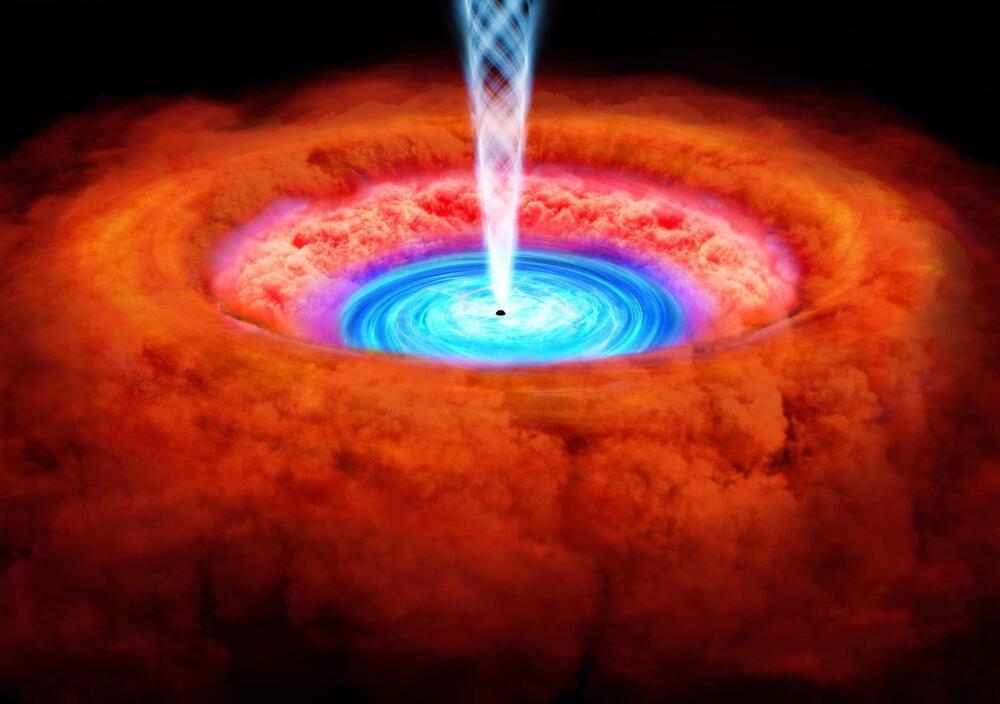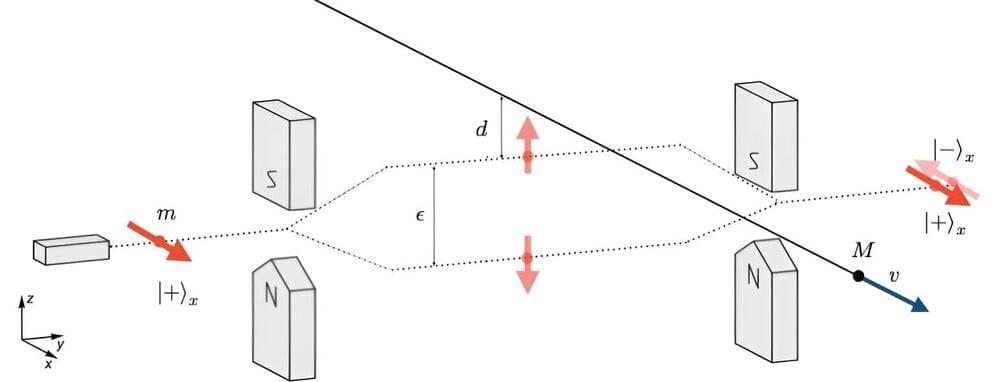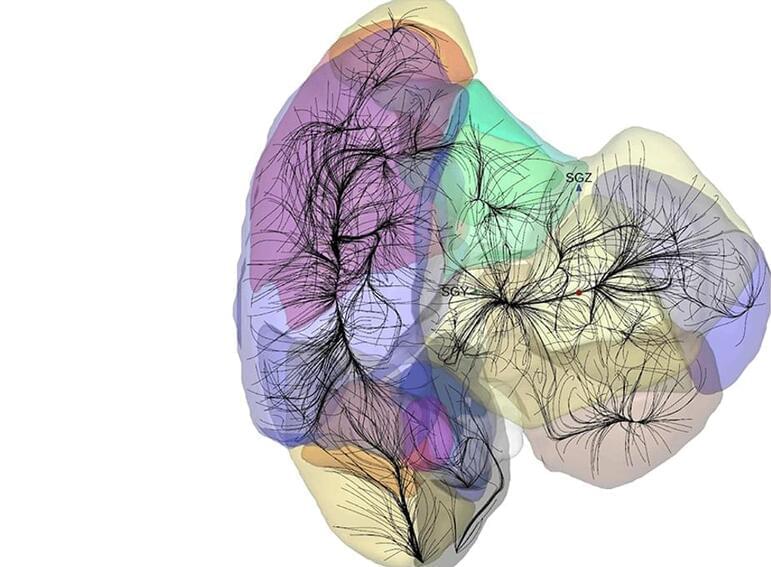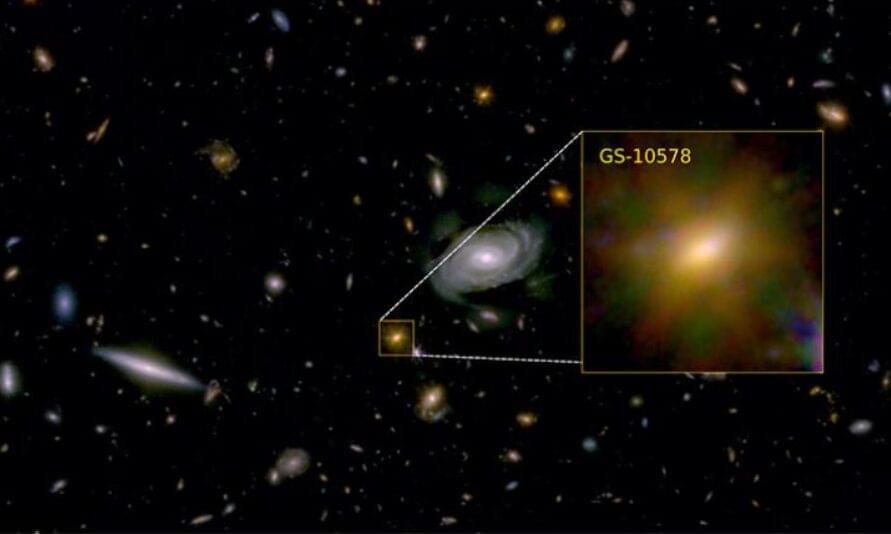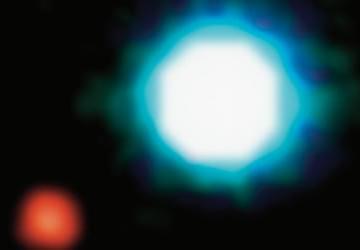Oct 11, 2024
Transcendence: Enlightenment, Singularity & The Fermi Paradox
Posted by Dan Breeden in categories: cosmology, existential risks, media & arts, singularity
Many seek a path to enlightenment through study and meditation, but what does science tell us about transcendence? And could entire civilizations seek to leave this reality behind?
Watch my exclusive video Exploring The Multiverse: https://nebula.tv/videos/isaacarthur–…
Get Nebula using my link for 40% off an annual subscription: https://go.nebula.tv/isaacarthur.
Get a Lifetime Membership to Nebula for only $300: https://go.nebula.tv/lifetime?ref=isa…
Use the link gift.nebula.tv/isaacarthur to give a year of Nebula to a friend for just $30.
Continue reading “Transcendence: Enlightenment, Singularity & The Fermi Paradox” »

